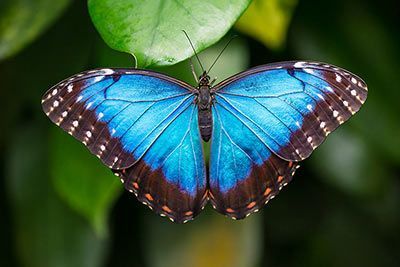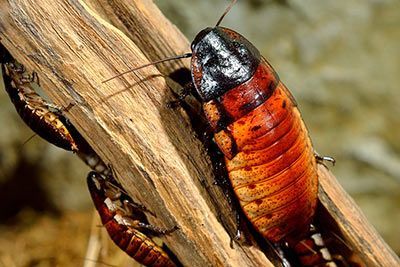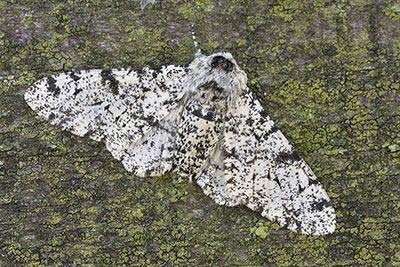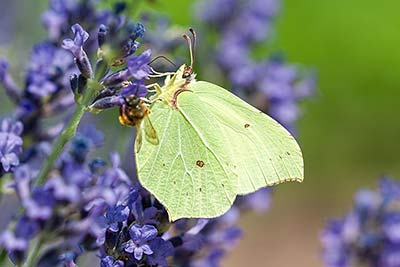Minotaur Beetle
Minotaur Beetle Facts
| Size | 0.6-0.9 in (15-24 mm) |
| Speed | Unknown |
| Weight | Unknown |
| Lifespan | 2-3 years |
| Food | Dung |
| Predators | Birds, snakes |
| Habitat | Europe, northern Africa |
| Order | Beetles |
| Suborder | Polyphaga |
| Family | Earth-boring dung beetles |
| Scientific name | Typhaeus typhoeus |
| Characteristics | Strong grooves, males have horns |
Main Characteristics
The minotaur beetle belongs to the family of earth-boring dung beetles. This shiny, black beetle might not be the monster from Greek mythology but it gets its scientific name from the monster Typhon, a giant with a hundred dragon or snake heads.
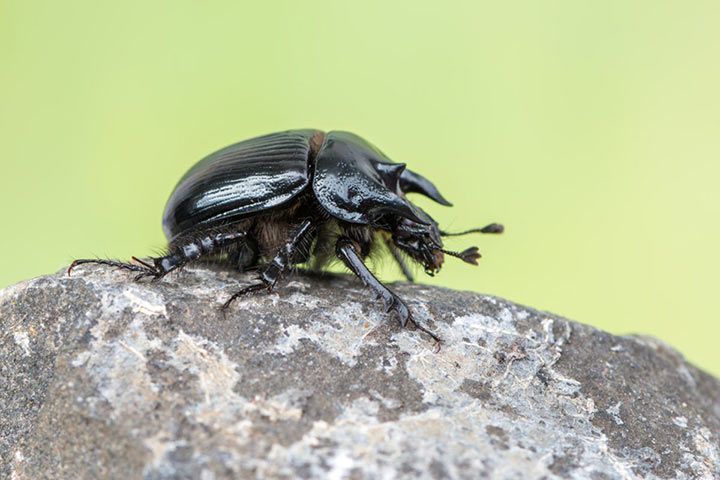
Anatomy and Appearance
Males Have Antlers
It’s very easy to tell the males and females apart. The males have some kind of antlers, or horn-like growths protruding from their neck plate.
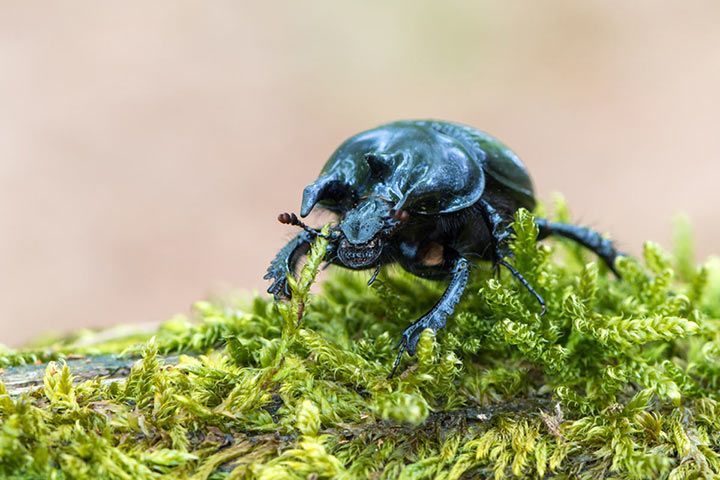
Diet
Minotaur beetles feed on the dung of animals like rabbits, sheep and deer.
Enemies and Threats
Minotaur Beetles Are a Protected Species
In general, earth-boring dung beetles are not endangered. But minotaur beetles have become rare in Germany, so they have been placed under protection.
Fun Facts
Minotaur Beetles Are Rarely Seen
Unlike the dor beetle, the minotaur beetle is a rare sight. The entrances to their tunnel systems are, however, easy to see. These are small, round openings of around 0.4 inch (1 cm) in diameter.









